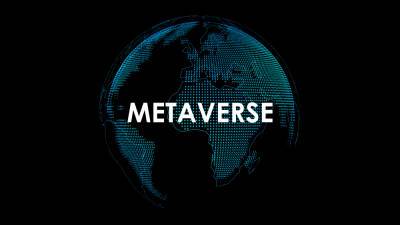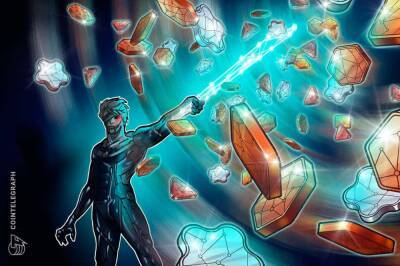Fractional NFTs Might Democratize Digital Investing
2021 has arguably been the year of non-fungible tokens (NFTs). With over USD 10bn in sales, the largely crypto art-driven NFT market could overtake the traditional arts & antique markets in sales by as early as this year.
One of the latest innovations in the NFT market is so-called “fractional NFTs,” which aim to provide fractional ownership of individual NFTs to allow more than one owner of a tokenized asset.
Read on to learn more about fractional NFTs and their use cases.
Fractional NFTs (F-NFTs) are cryptographic tokens that represent fractional ownership in a non-fungible token.
In other words, F-NFTs allow investors to hold a share in an expensive tokenized item as opposed to being the sole owner. You can think of it as akin to shares in a company, except your share is in an NFT.
A theoretical example of a fractional NFT would be owning a percentage of Beeple’s “Everydays: The First 5,000 Days” artwork that sold at Christie’s for USD 69m.
Yes.
NFTs can be divided into smaller units, through a process known as fractionalization. You can already find F-NFTs on platforms such as Fractional, Nftfy.
The fractionalization process entails taking an NFT (ERC-721 token), locking it up into a smart contract that divides the token into many fractions of fungible ERC-20 tokens, and then making these tokens (F-NFTs) available to the market.
By doing this, the cost that would have gone into paying USD 500,000 for a single NFT, can be divided by 100 potential owners, each paying USD 5,000.
Fractional NFTs introduce more liquidity into the NFT market. They also democratize access to high-value NFTs by moving the opportunity of ownership from individuals and organizations who can afford them to anyone who would like to invest in the
Read more on cryptonews.com



















